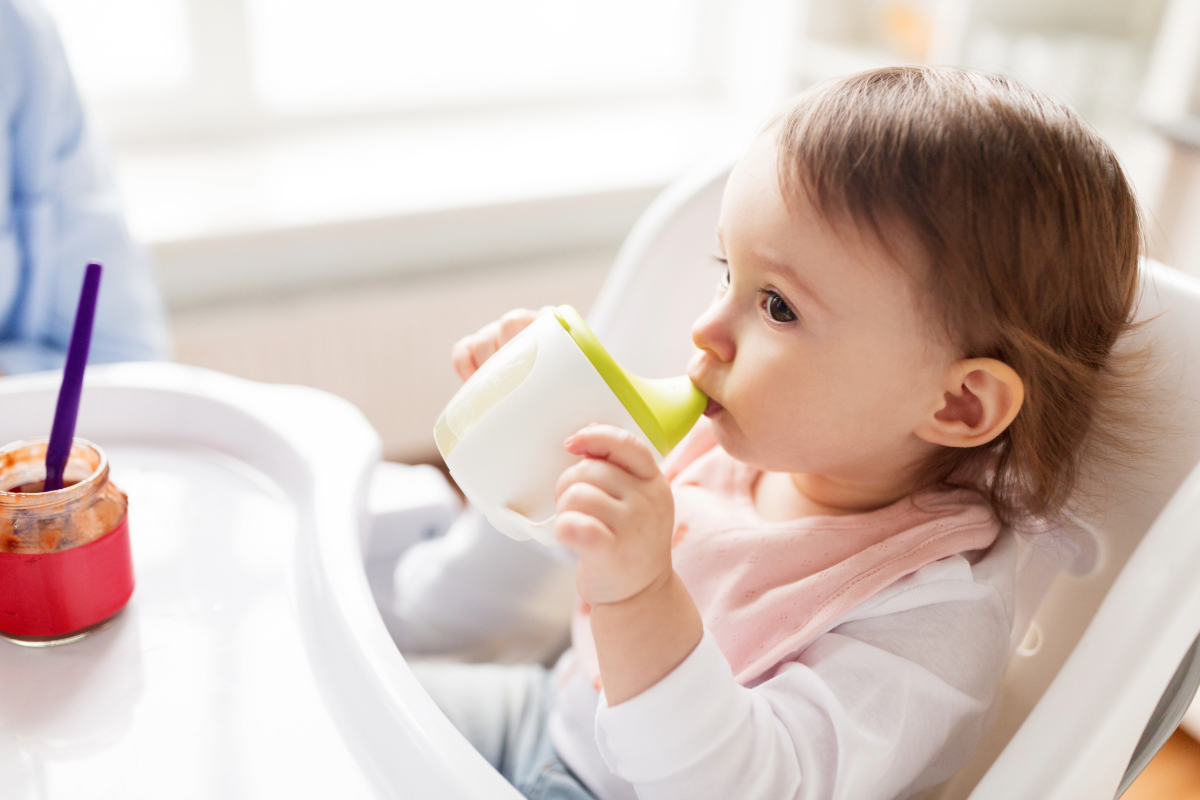 Even healthy routines can lead to dental problems if not done the right way. Kyounga “Cecilia” Cheon, D.M.D., M.S., Director of the Finn Pediatric Dentistry Clinic at the UAB School of Dentistry, shares how small changes in your child’s daily habits can help protect their smile now and in the future.
Even healthy routines can lead to dental problems if not done the right way. Kyounga “Cecilia” Cheon, D.M.D., M.S., Director of the Finn Pediatric Dentistry Clinic at the UAB School of Dentistry, shares how small changes in your child’s daily habits can help protect their smile now and in the future.
Everyday Habits That May Be Harming Your Child’s Teeth
That sippy cup you give your toddler “just to keep them happy” or the mid-morning quick snack you offer “just to hold them over” might seem harmless. But they can lead to cavities if used too often.
“Many parents think that baby teeth aren’t important because they’ll fall out anyway,” says Dr. Cheon. “But baby teeth help children speak clearly, chew properly, and guide adult teeth into place. How we care for them early on really matters.”
To help parents make informed choices, Dr. Cheon answers some of the most common questions about sippy cups, snacking, and cavity prevention in toddlers and preschoolers.
When to Say Goodbye to the Sippy Cup
Q: When should my child start using a sippy cup and when should they stop?
A: Sippy cups can help children move from bottles to regular cups, usually starting around 6 months of age. But it’s best to begin using an open cup by 12 to 18 months. Continuing to use sippy cups after age 2 can delay drinking skills and increase the risk of tooth decay, especially if they’re used all day long with sugary liquids.
Why Prolonged Sippy Cup Use Can Cause Problems
Q: How does prolonged use of a sippy cup impact a child’s teeth?
A: Constant sipping – especially on milk, juice, or sweet drinks – keeps sugar on your child’s teeth all day, creating the perfect environment for cavity-causing bacteria. This gives bacteria in the mouth more chances to make acid, which can wear down enamel or cause cavities.
The Best and Worst Drinks for Young Teeth
Q: Which drinks should we avoid in a sippy cup?
A: Juices, flavored milk, and sweetened drinks – even if labeled “natural” and “100% fruit juice” can harm your child’s teeth if sipped on throughout the day. Even milk contains natural sugar. If your child uses a sippy cup, offer only water between meals. Save milk or juice for mealtime and only in limited amounts.
Understanding Early Childhood Caries (Cavities)
Q: What is “early childhood caries” and how can you prevent it?
A: Early childhood caries (ECC), also known as “baby bottle tooth decay” – is serious tooth decay in infants or toddlers. It happens when teeth are exposed to sugary drinks too often, especially when children sleep with bottles or sip from sippy cups throughout the day. Avoid getting anything but water at bedtime or in between meals.
Why Frequent Snacking Hurts More Than You Think
Q: How does frequent snacking affect a child’s enamel and cavity risk?
A: Every time your child eats, bacteria in the mouth make acid that weakens the enamel. Frequent snacking means more acid attacks, which raises the risk for cavities. Give your child regular meals and healthy snacks with time between to let their mouth recover.
Snacks That Stick Around
Q: Are some snack types likely to cause tooth decay?
A: Yes. Sticky snacks like gummy fruit snacks, crackers, granola bars, and dried fruit tend to cling to teeth and are more difficult to clean away. These foods often break down into fermentable sugars that feed cavity-causing bacteria. If consumed, pairing them with water and brushing afterward is advisable.
Simple Steps for Prevention
Q: What are your top recommendations for parents to minimize cavity risk if their child uses a sippy cup?
A:
- Offer only water between meals, especially in sippy cups.
- Reserve milk or juice for mealtimes only.
- Encourage transition to open cups by 12–18 months.
- Brush twice daily using a smear (under age 3) or pea-sized (age 3+) amount of fluoride toothpaste.
- Schedule a dental visit by the child’s first birthday, per AAPD recommendations.
Making the Transition to an Open Cup
Q: What is the best way to teach my child to drink from an open cup?
A: Start with short periods each day where your child drinks from an open cup while seated. Use a small amount of liquid to reduce spills and praise them for trying. Many parents also find success with “trainer cups” that have a flat, open-style rim instead of a spout.
Last Piece of Advice
Q: What is the most important thing parents should remember?
A: Consistency matters most. Offer water often, limit sugary snacks and drinks, and make brushing a daily habit. These small daily habits will protect your child’s smile for years to come.
Build Healthy Habits from the Start
Protecting your child’s teeth doesn’t require a complete overhaul of your daily routine - just a few mindful changes. Swap sugary drinks for water between meals, limit snacking, and encourage open cup drinking early. Pair these with regular brushing and dental visits, and you’ll be setting your child up for a lifetime of healthy smiles.
To schedule an appointment or learn more, visit the UAB School of Dentistry’s Finn Pediatric Dentistry Clinic or call (205) 934-4546.